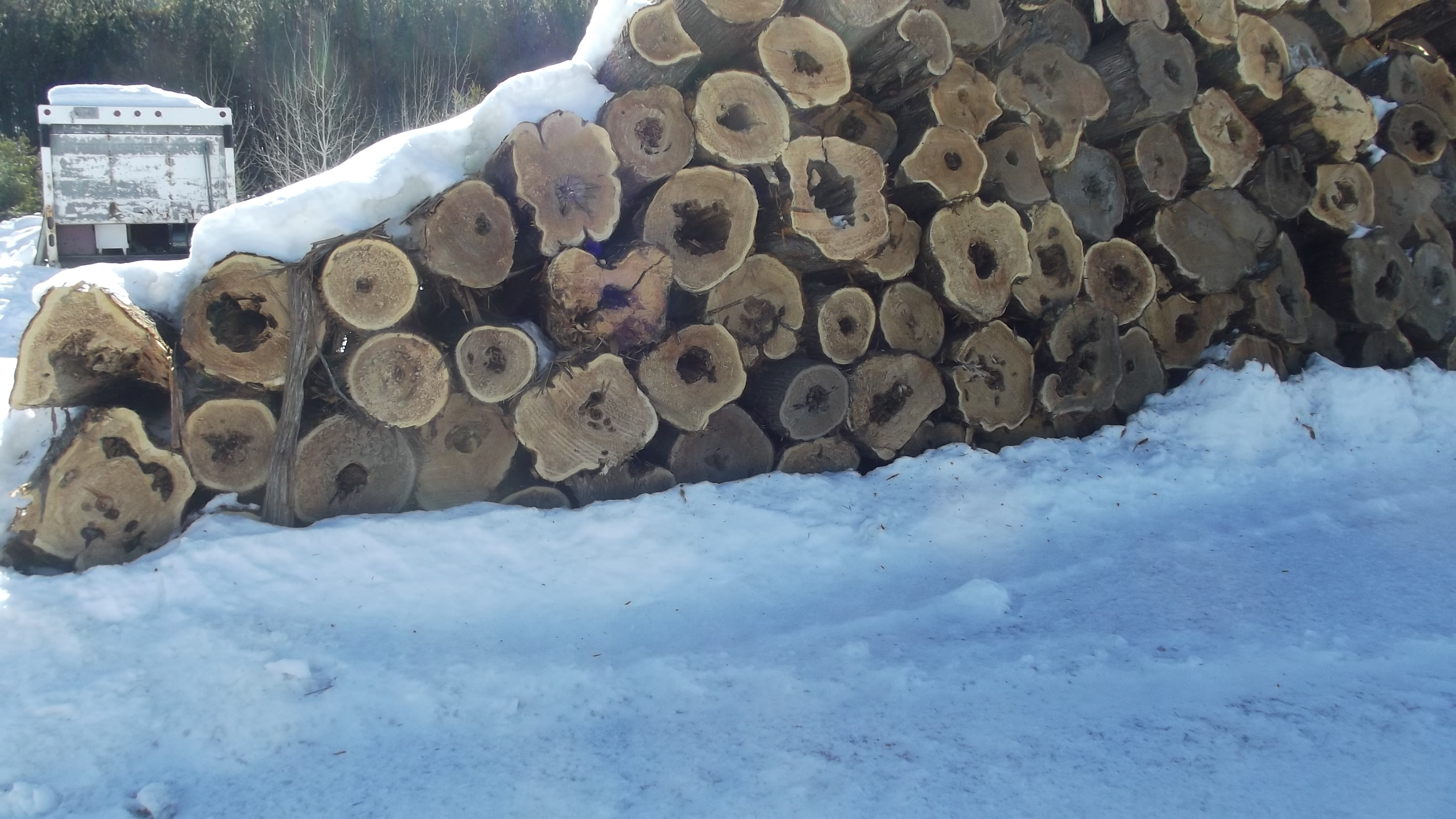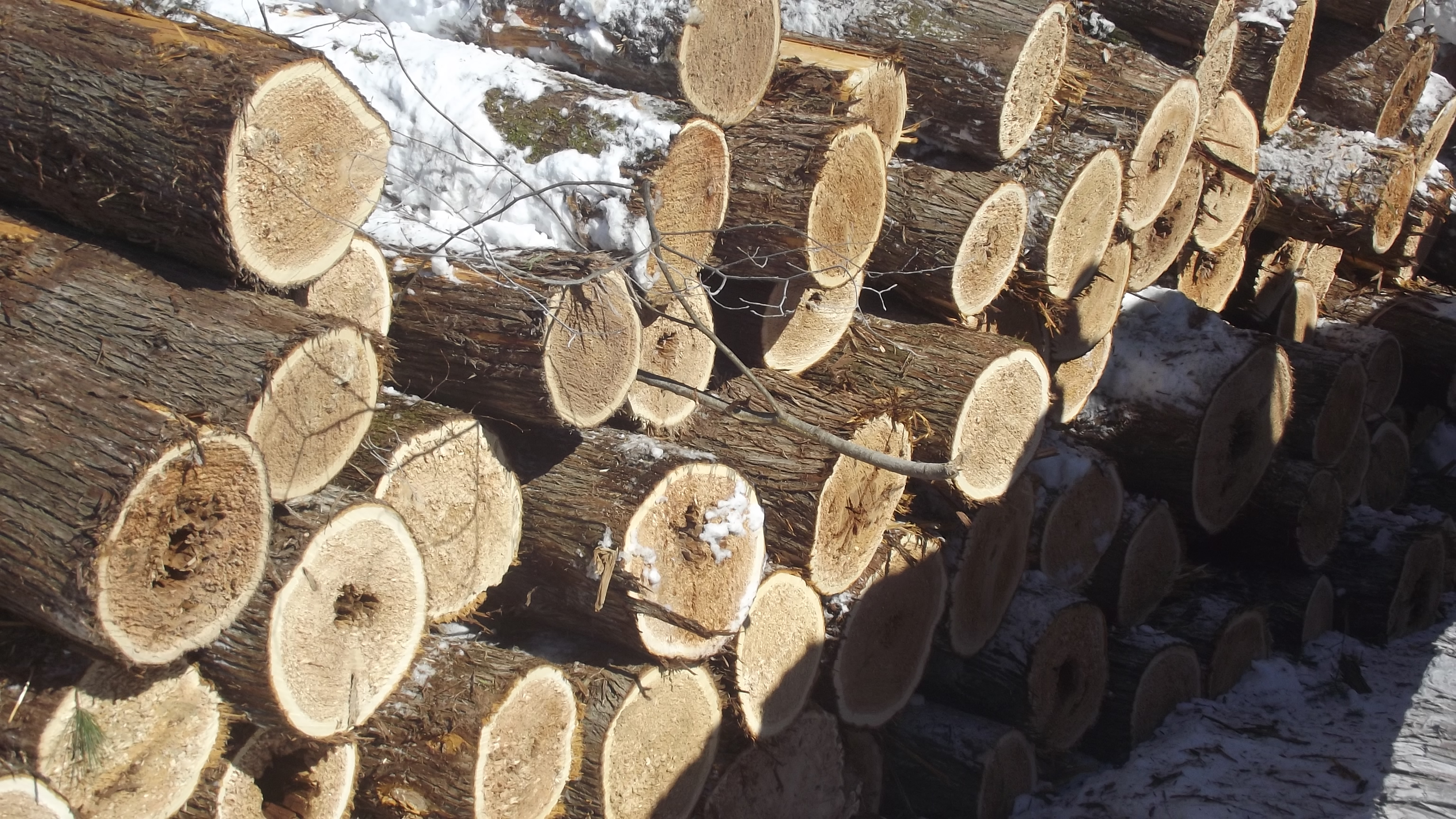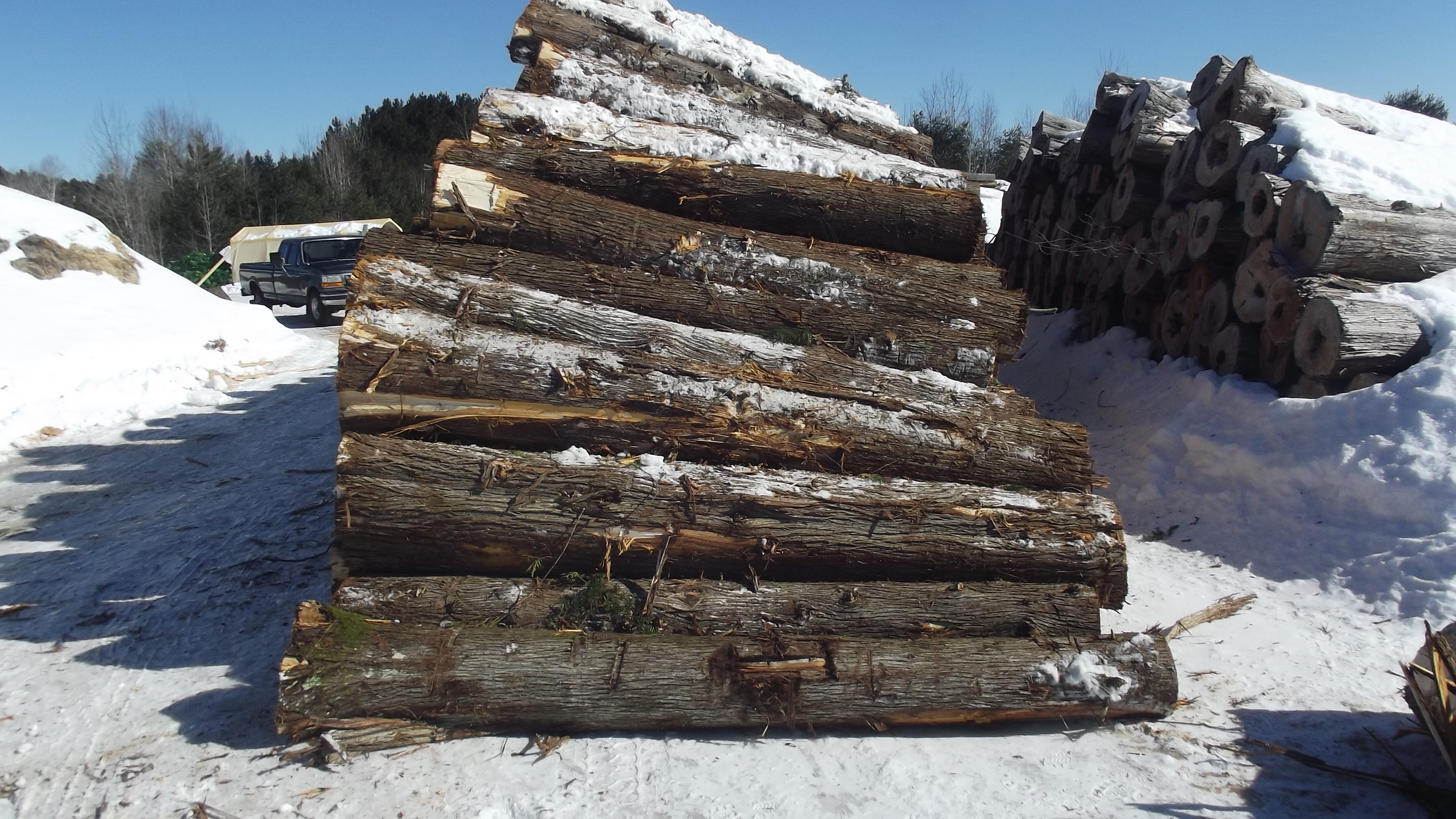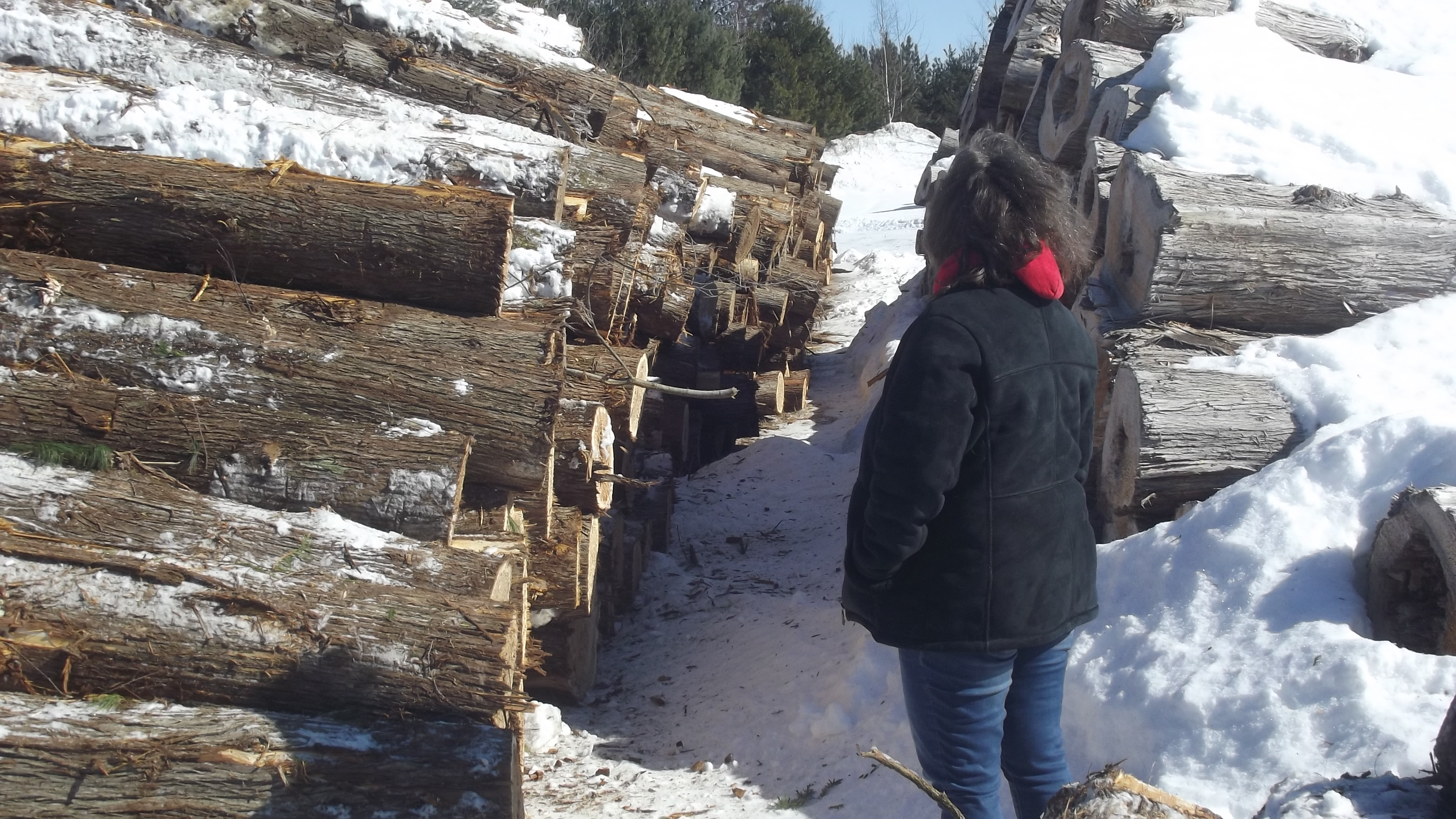We are buying cedar shingle wood.
|
|
All shipments must be with our prearranged approval.
Thank you.
|
|
| We pay based on a modified Ontario Log Rule (imperial stick scale).
|
To the folks viewing this page out of curiosity:
A typical cedar cut will contain 40-60% sawlog quality material, 20-30% shingle wood quality material and 10-30% posts and pickets. There is a certain component of a given cut that can be destined for mulches. The materials we purchase to produce shingles is not as valuable as sawlogs are but, considerably more so than mulch wood is. When a producer chooses to sell material to us, we are buying material that could have wound up cut to blocks and left in the bush. While that material really isn't wasted, the producer's viability is increased in that their sawlogs are cleaner and there is less wood either left in the bush or sent to mulch at a lower value.




